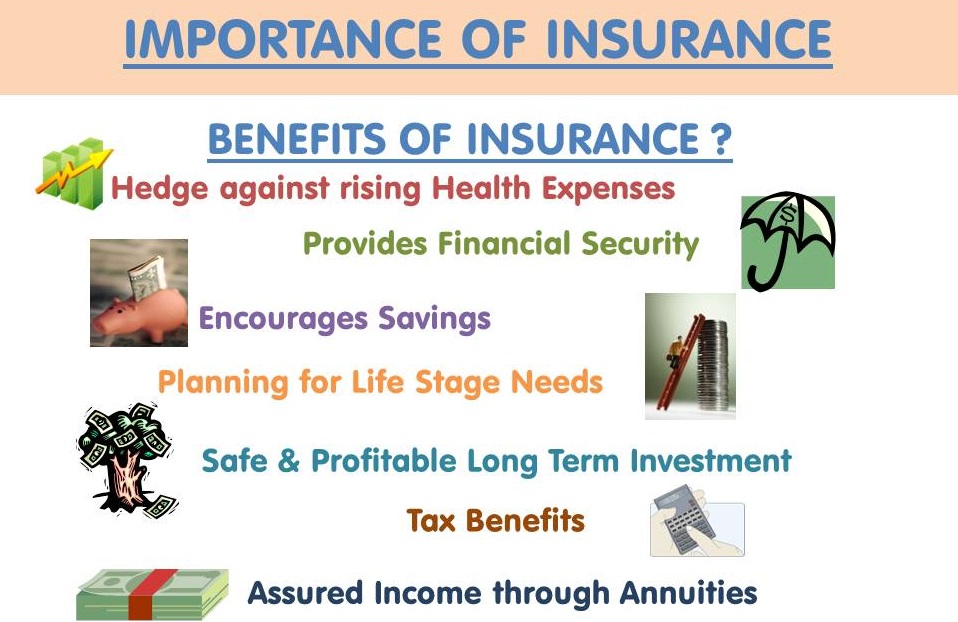Pacific Prime - An Overview
Pacific Prime - An Overview
Blog Article
Pacific Prime - The Facts
Table of ContentsSome Known Details About Pacific Prime Examine This Report on Pacific PrimeAn Unbiased View of Pacific PrimeAn Unbiased View of Pacific Prime
In most states, the insurer is required to send you a duplicate of the changes to your policy. It is necessary that you check out Recommendations or Riders so you understand how your plan has actually changed and if the plan is still appropriate to meet your requirements. To obtain a duplicate of your insurance coverage, please call your insurance policy agent or company.
The Institute of Medicine (IOM) Committee on the Repercussions of Uninsurance launches an extensive assessment of proof that addresses the value of health and wellness insurance policy protection with the magazine of this report. Protection Issues is the initial in a collection of six reports that will certainly be provided over the following two years documenting the reality and repercussions of having actually an approximated 40 million people in the USA without medical insurance coverage.

Pacific Prime for Beginners
The objective of this series of research studies is to refocus policy focus on a historical problem. Following the lengthiest financial development in American history, in 1999, an estimated one out of every 6 Americans32 million grownups under the age of 65 and more than 10 million childrenremains uninsured (Mills, 2000).

10 percent of the population make up 70 percent of health treatment expenditures, a relationship that has remained continuous over the previous 3 years (Berk and Monheit, 2001) - international health insurance. Hence health insurance remains to serve the function of spreading out risk even as it progressively finances routine care. From the viewpoint of healthcare service providers, insurance coverage brought by their people aids protect an earnings stream, and communities benefit from financially practical and steady healthcare practitioners and establishments
Government provides health and wellness insurance to populations whom the personal market may not serve successfully, such as disabled and seniors, and populations whose accessibility to wellness treatment is socially valued, such as children and expectant women. The utmost ends of medical insurance coverage for the specific and areas, including workplace neighborhoods of workers and companies, are boosted health end results and quality of life.
The smart Trick of Pacific Prime That Nobody is Discussing
Staff members rate medical insurance first without a doubt in significance among all the benefits provided in the office (Salisbury, 2001). There have actually been substantial investments of individual and public funds to supply health and wellness insurance policy, numerous people still have no insurance coverage. Regardless of comprehensive reporting of study findings and healthcare research results, the public stays baffled and mistaken concerning Americans without medical insurance and the effects of doing not have coverage.

Without concern, the complexity of American healthcare funding devices and the wide range of resources of information include in the public's complication and hesitation concerning wellness insurance policy data and their analysis. This report and those that will comply with aim to distill and present in easily easy to understand terms the substantial research study that births on concerns of medical insurance protection and its value.
Fifty-seven percent of Americans polled in 1999 believed that those without wellness insurance coverage are "able to get the treatment they need from medical professionals and medical facilities" (Blendon et al., 1999, p. 207). In 1993, when nationwide attention was concentrated on the problems of the without insurance and on pending healthcare regulation, just 43 percent of those surveyed held this belief (Blendon et al., 1999).

They likewise get less preventative solutions and are much less likely to have regular take care of persistent problems such as hypertension and diabetes mellitus. Chronic diseases can result in pricey and disabling problems if they are not well managed (Lurie et al., 1984; Lurie et al., 1986; Ayanian et al., 2000). One nationwide study asked greater than 3,400 grownups about 15 extremely significant or morbid conditions.
Some Known Questions About Pacific Prime.
Added proof exists later on in this chapter in the discussion of insurance policy and accessibility to healthcare. https://pacificpr1me.wixsite.com/my-site-1/post/pacific-prime-your-trusted-partner-in-international-health-insurance. Individuals without health insurance coverage are young and healthy and choose to go without insurance coverage. Practically half (43 percent) of those checked in 2000 thought that individuals without medical insurance are more most likely to have health issue than people with other insurance
Citizens and policy makers in focus team discussions define those without insurance coverage as young people that have the opportunity to be covered and feel they do not require it (Concierge Novelli, 2001). Contrasted to those with at least some private protection, the uninsured are less most likely to report remaining in exceptional or excellent health (Firm for Medical Care Research Study and Quality, 2001).
SOURCE: Facility for Cost and Funding Studies, Agency for Health Care Study and Top quality, based on MEPS information. Young grownups between 19 and 34 are even more most likely to do not have health insurance than any type of various other age group. This is primarily due to the fact that they are much less commonly eligible for employment-based insurance policy due to the nature of their job or their short tenure in it.
The perception that individuals without insurance policy have better-than-average health and wellness follows from puzzling the reasonably young age profile of the uninsured with the far better wellness, generally, of younger individuals. This covers the link between health status and medical insurance. For those without accessibility to office health insurance policy, inadequate health is a prospective barrier to purchasing nongroup coverage due to the fact that such insurance coverage might be extremely valued, omit preexisting problems, or be merely unavailable.
Report this page